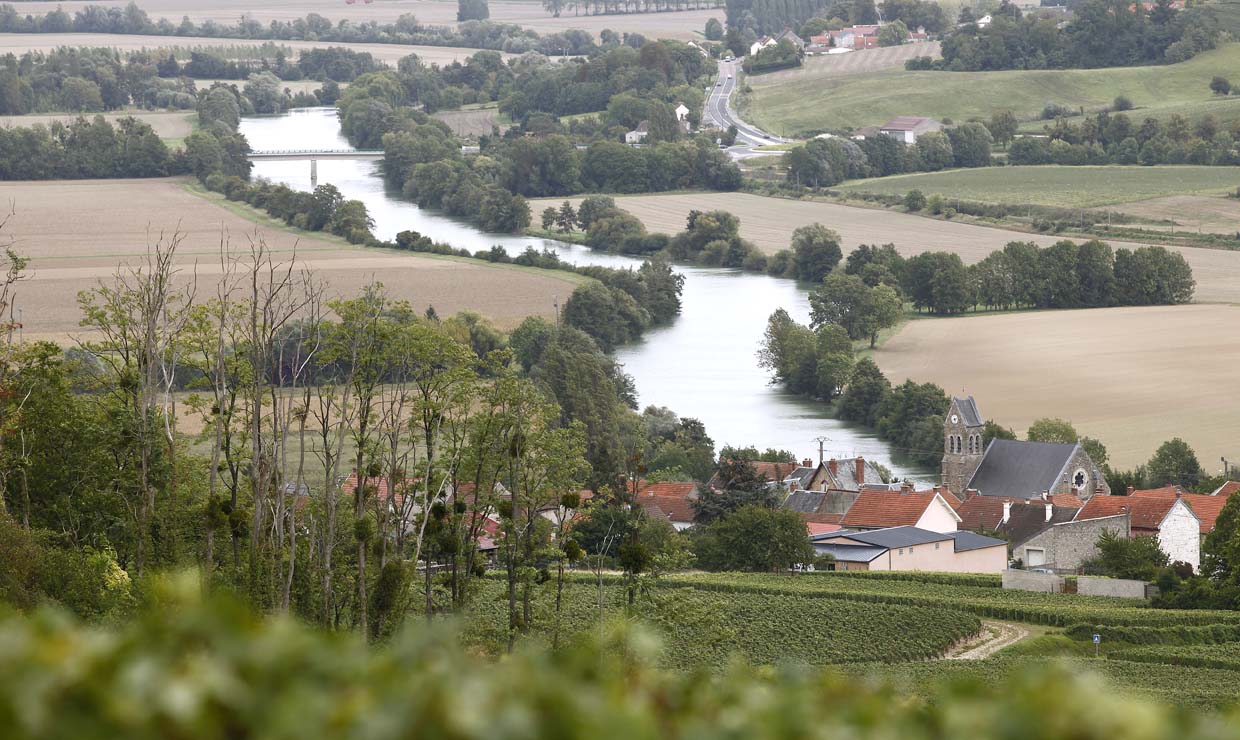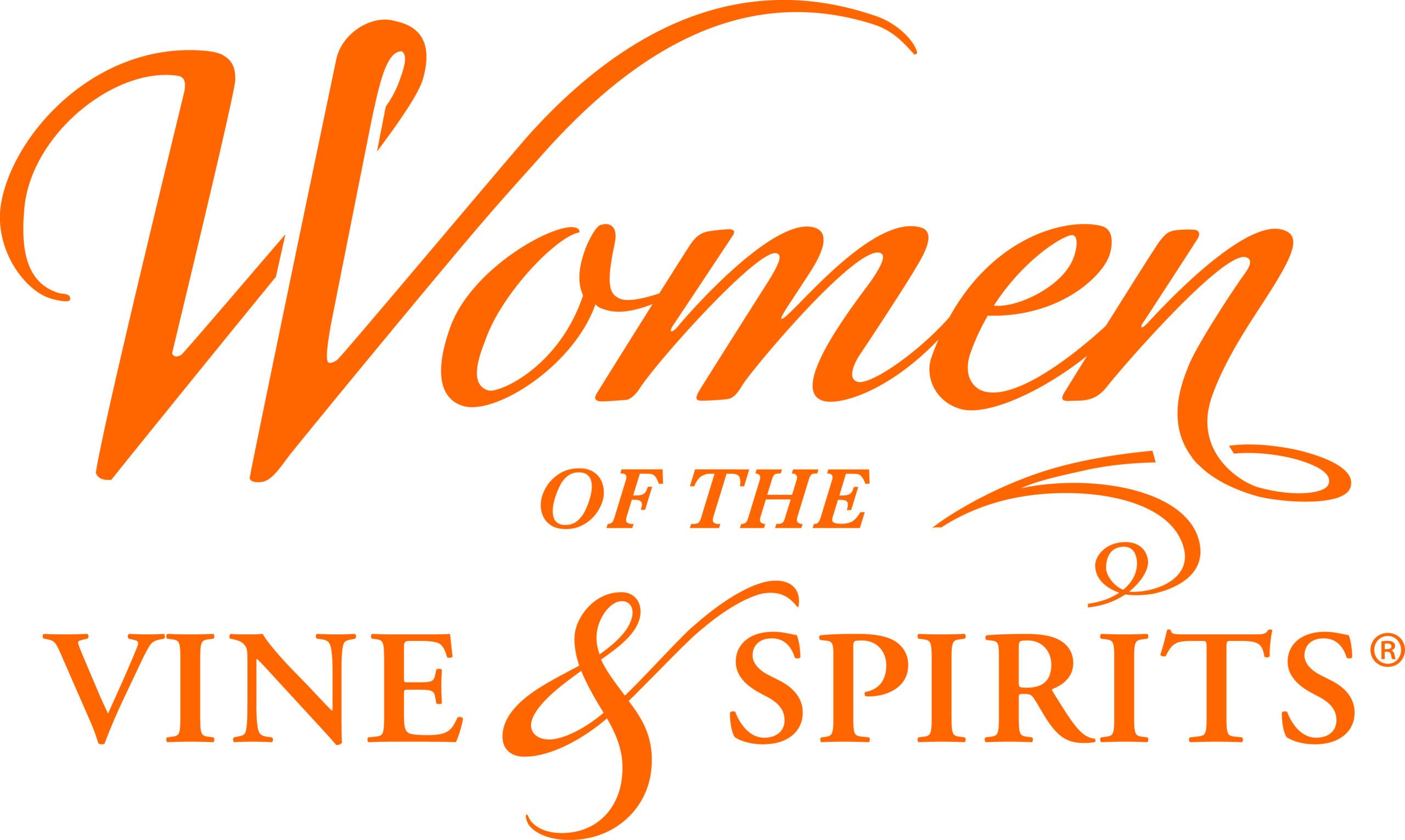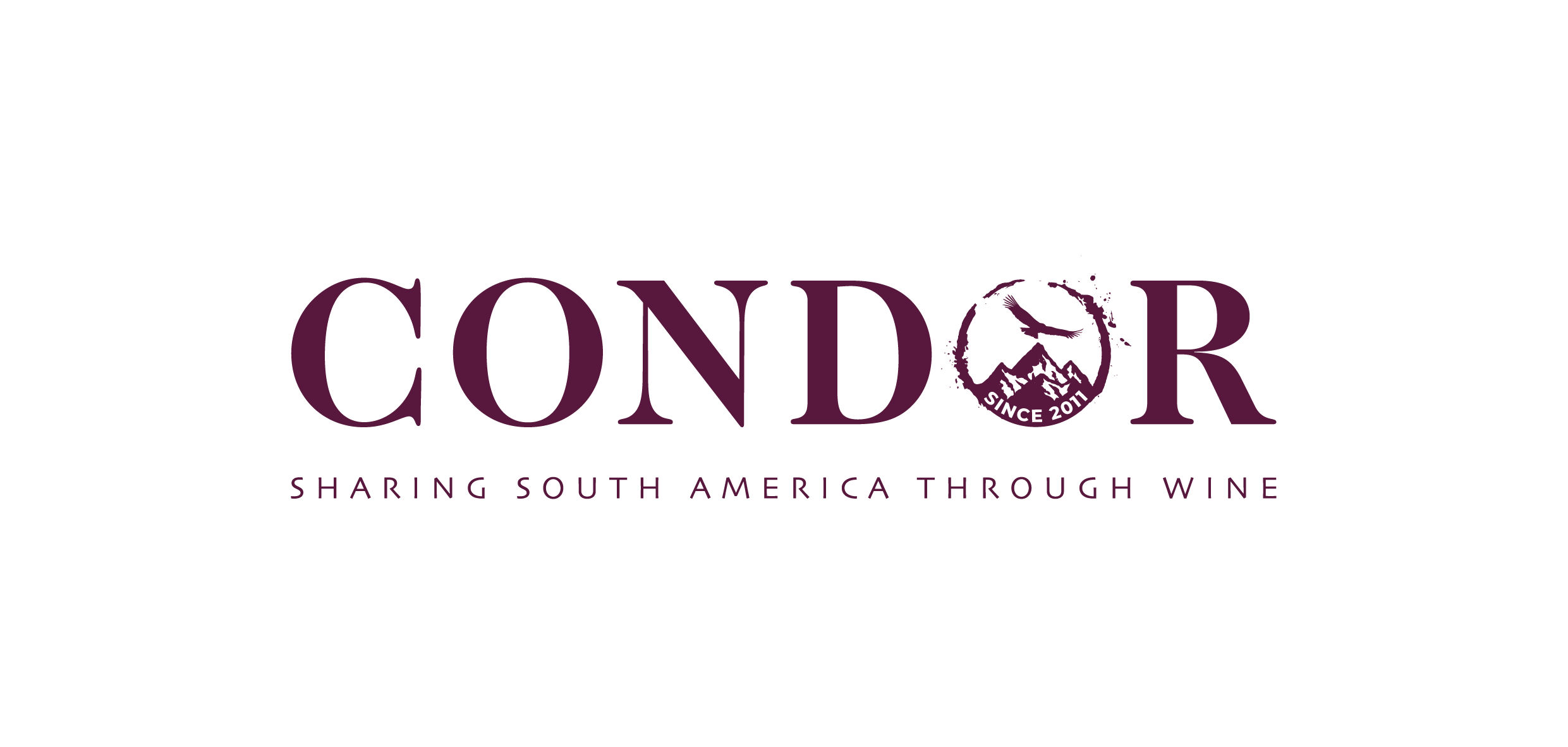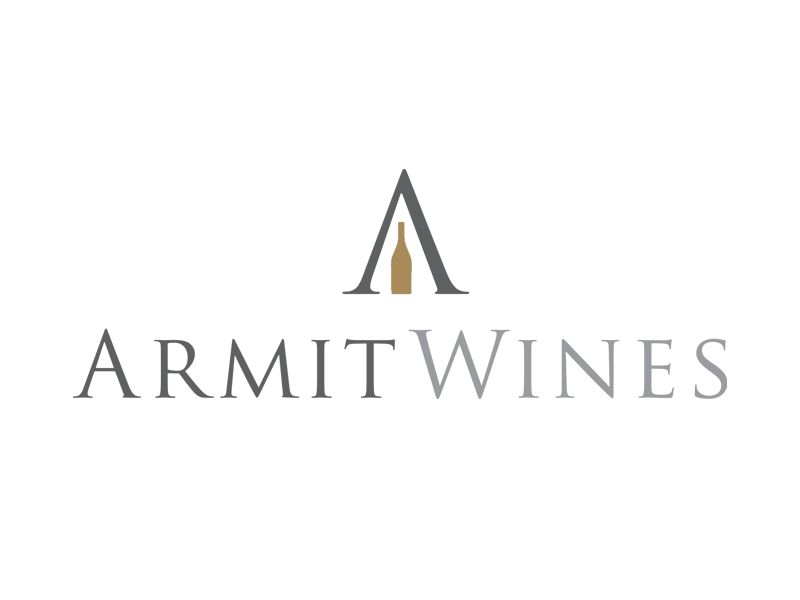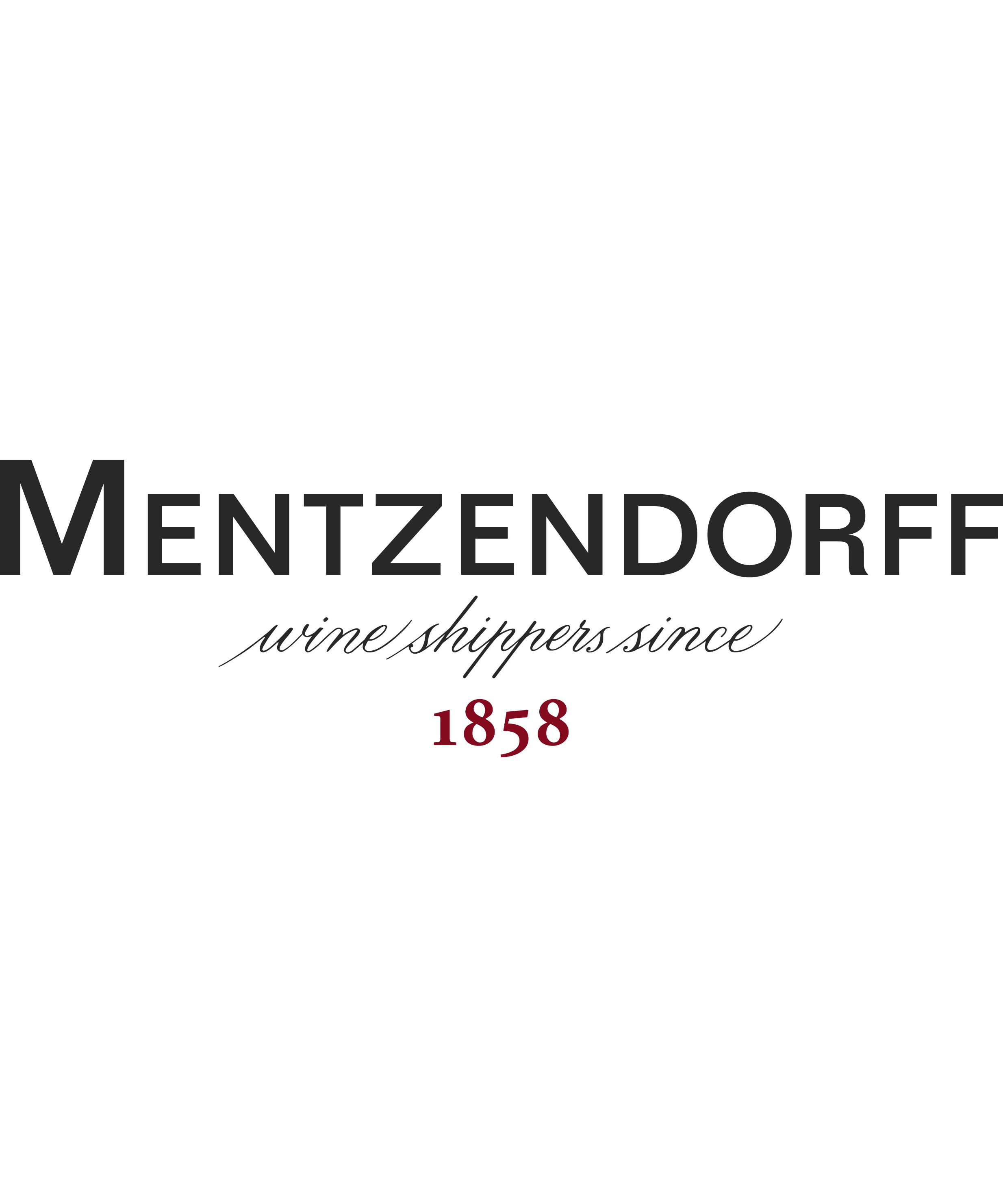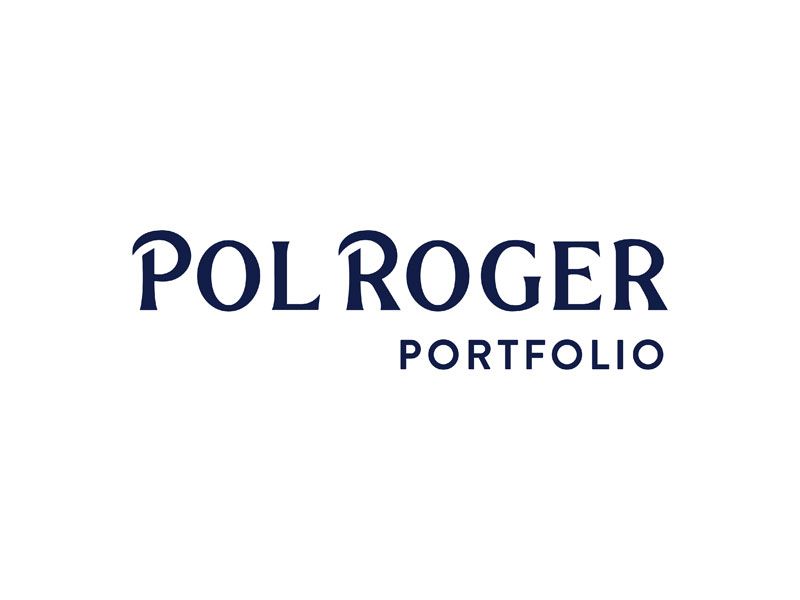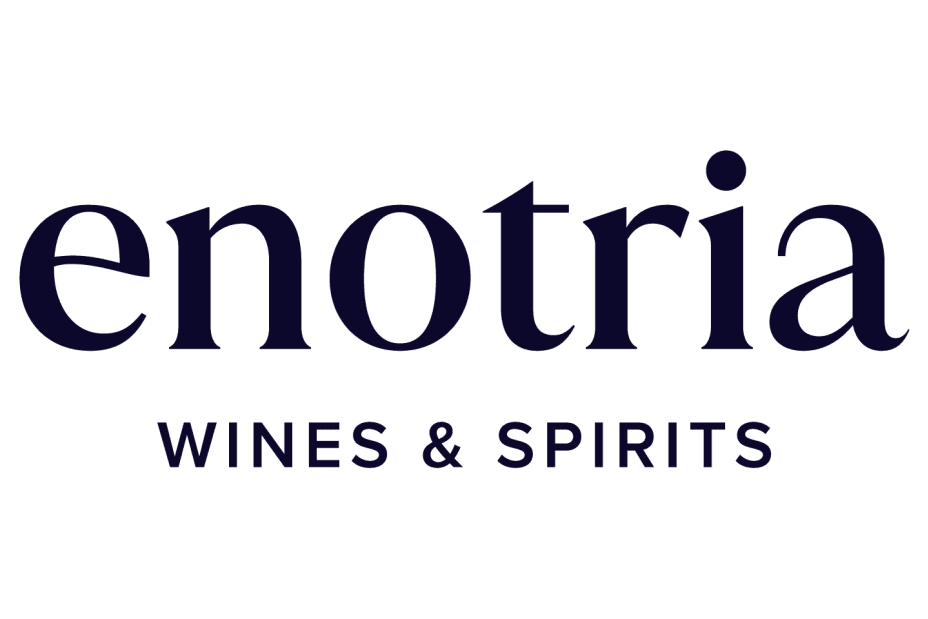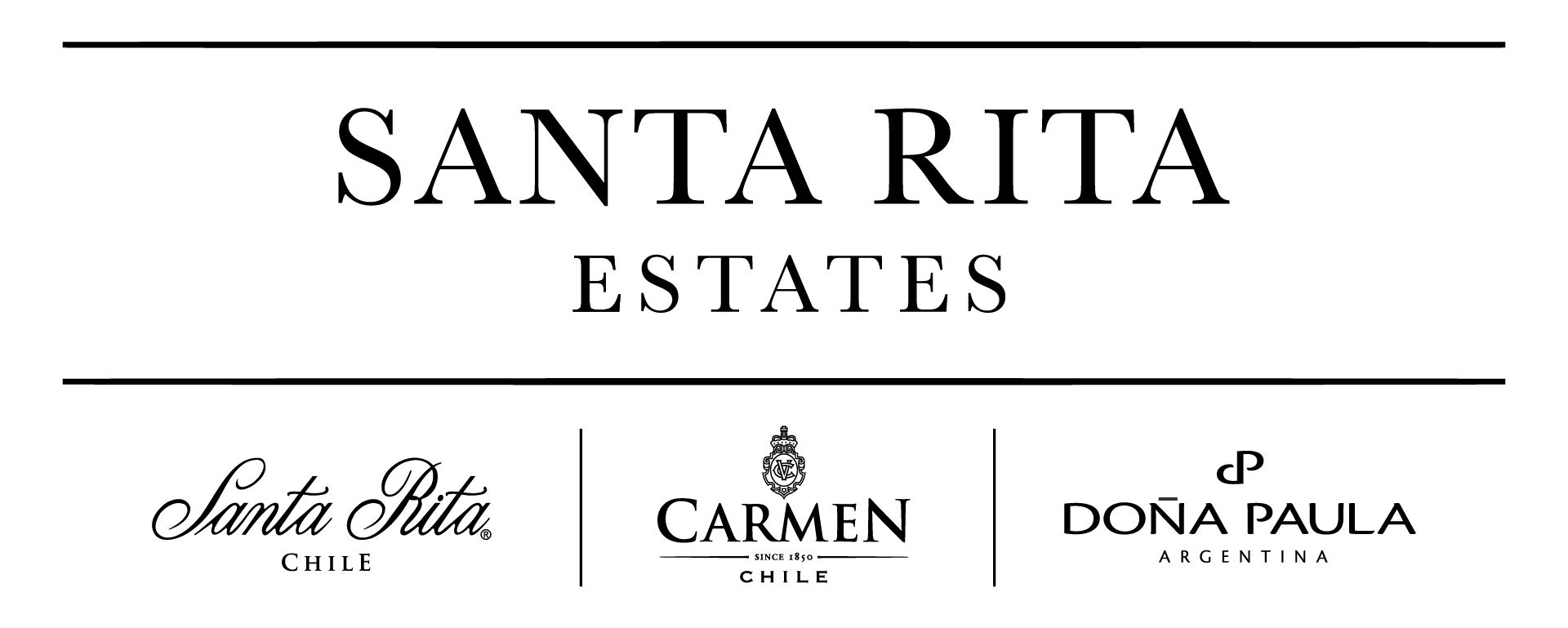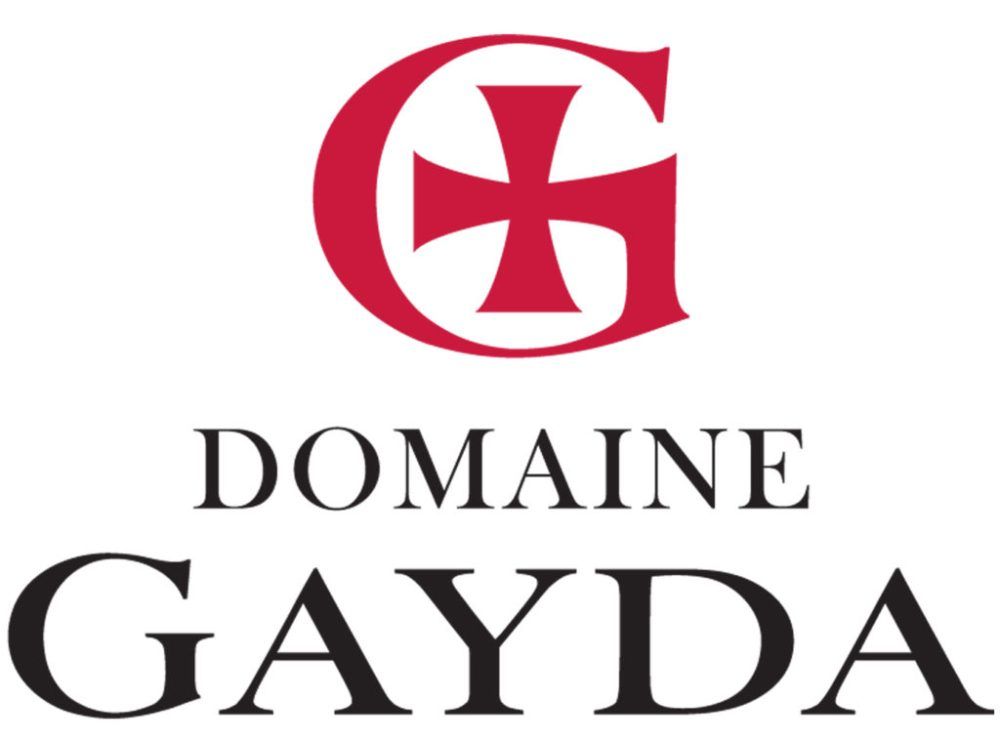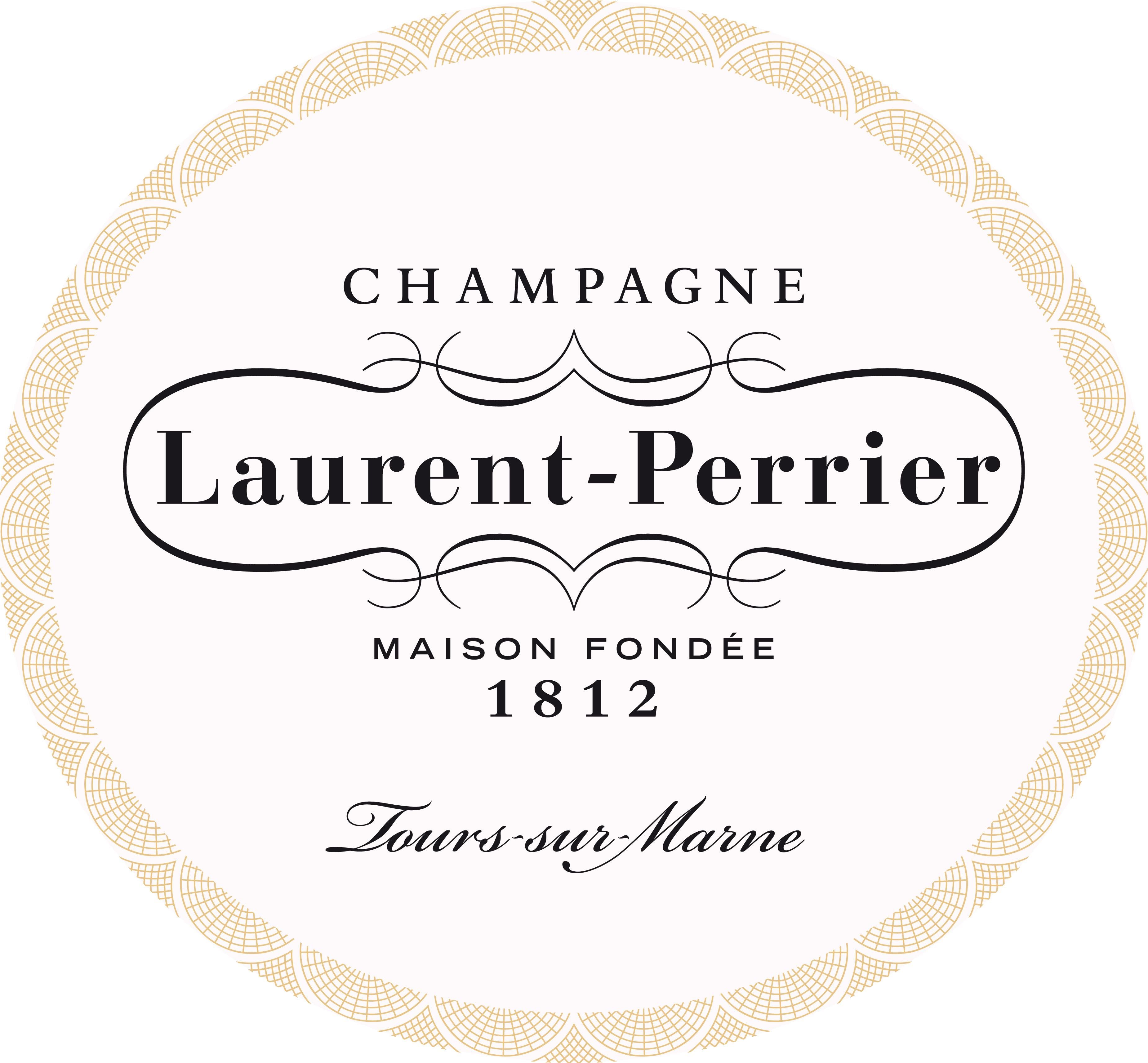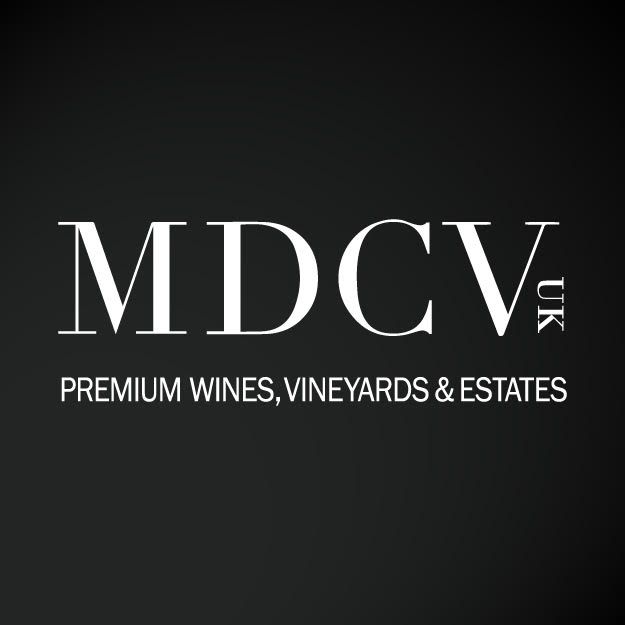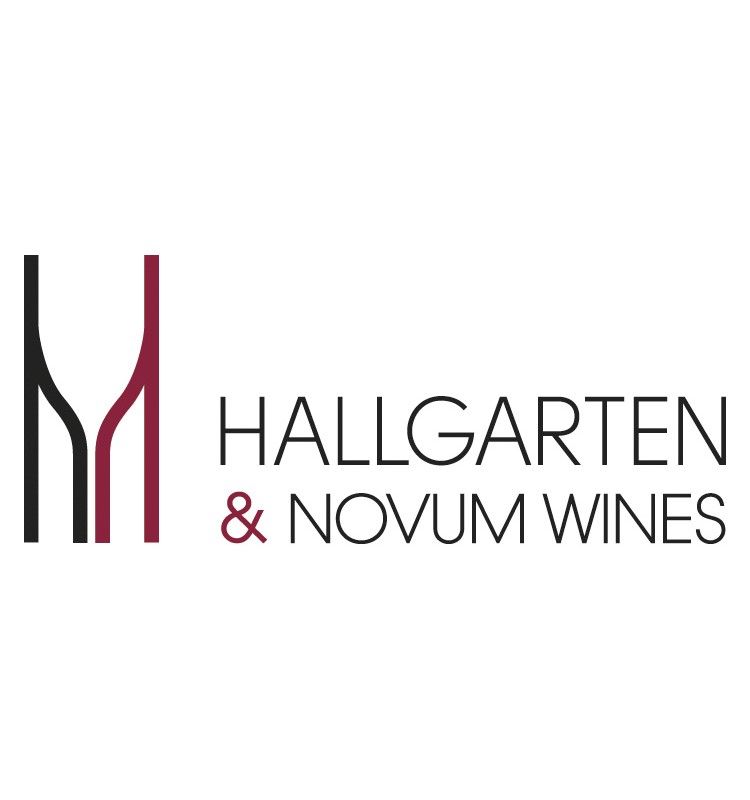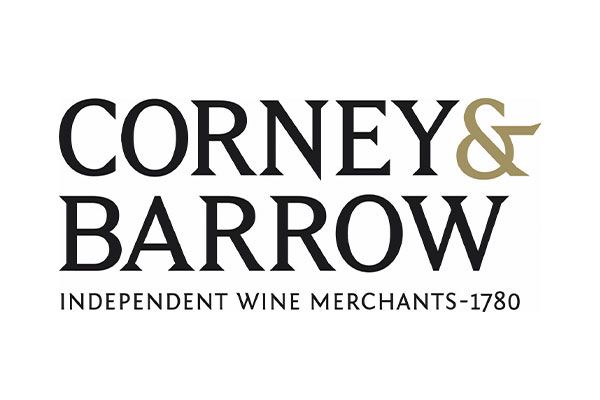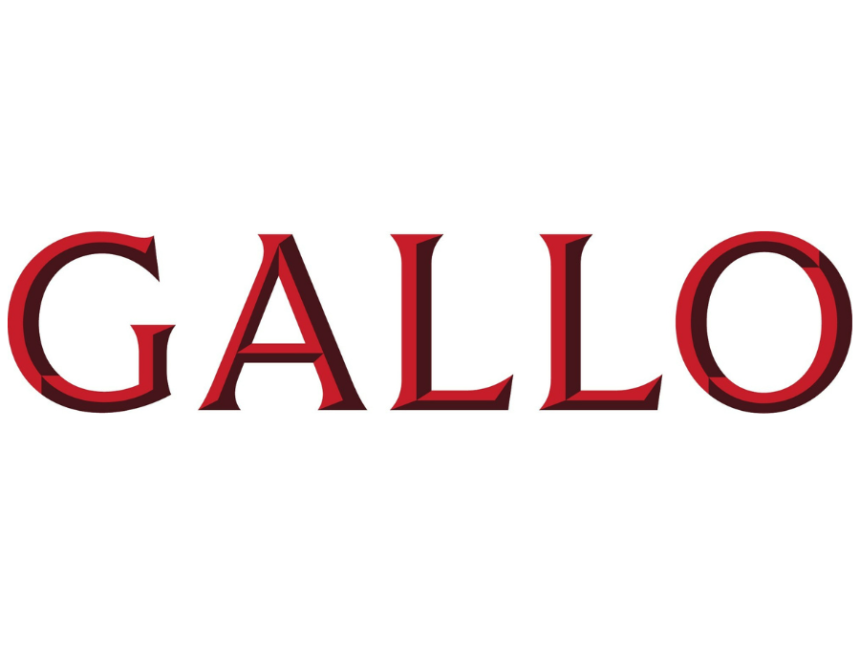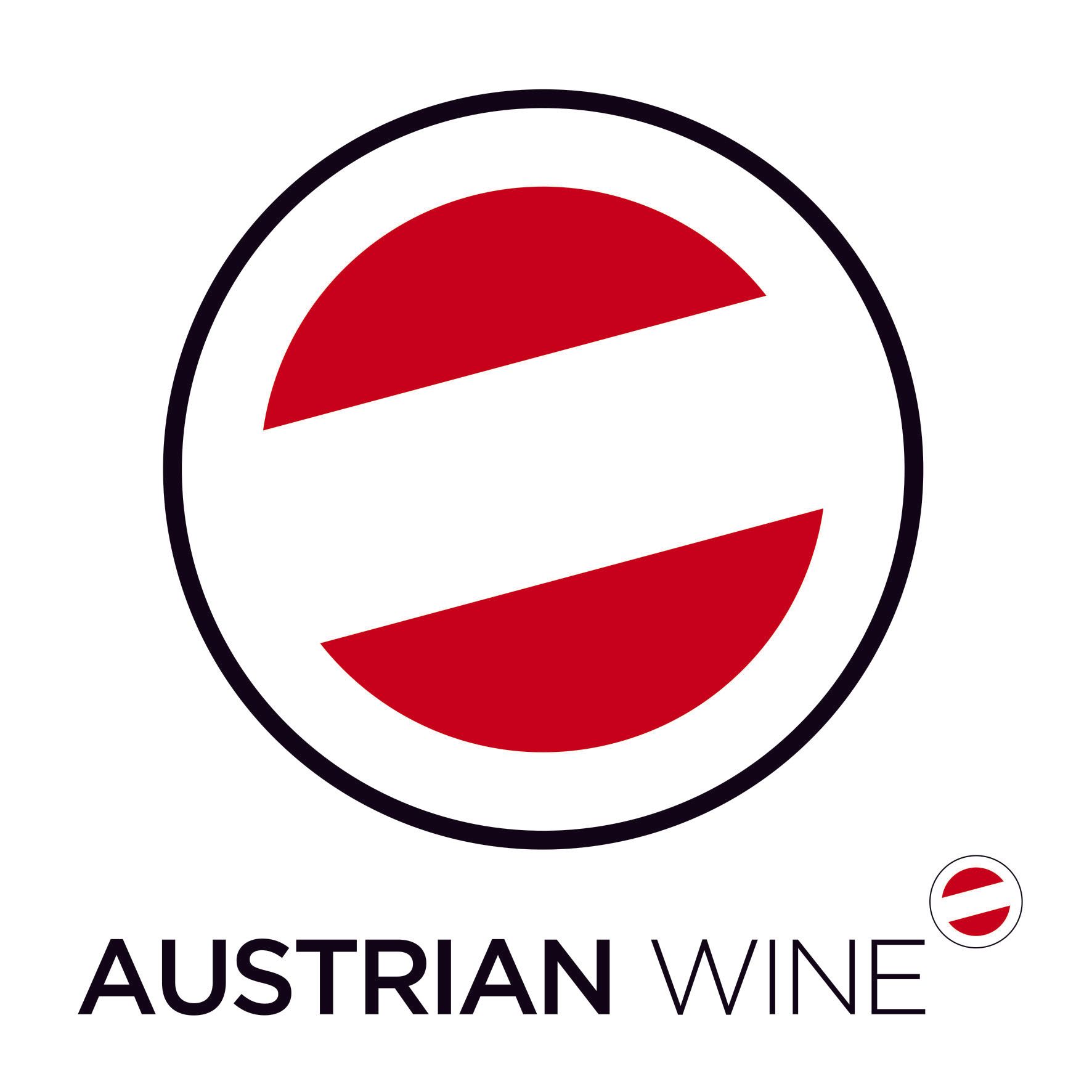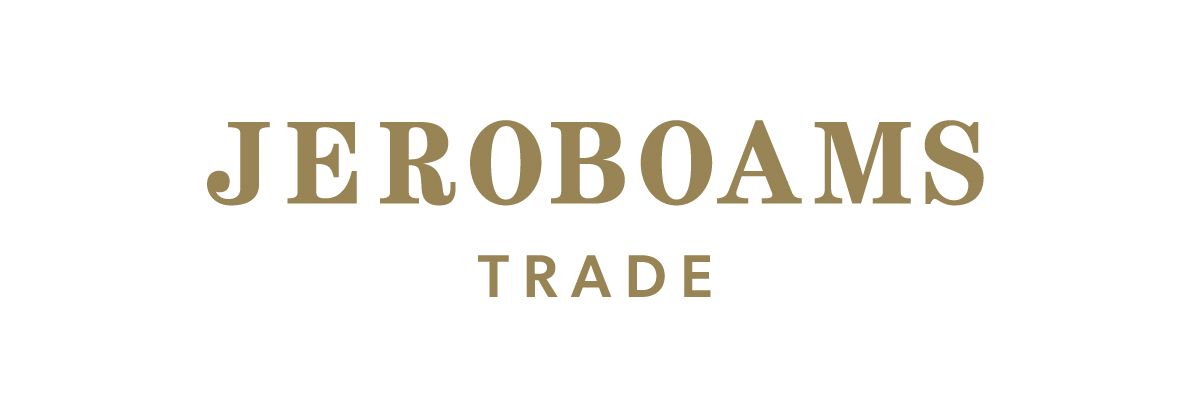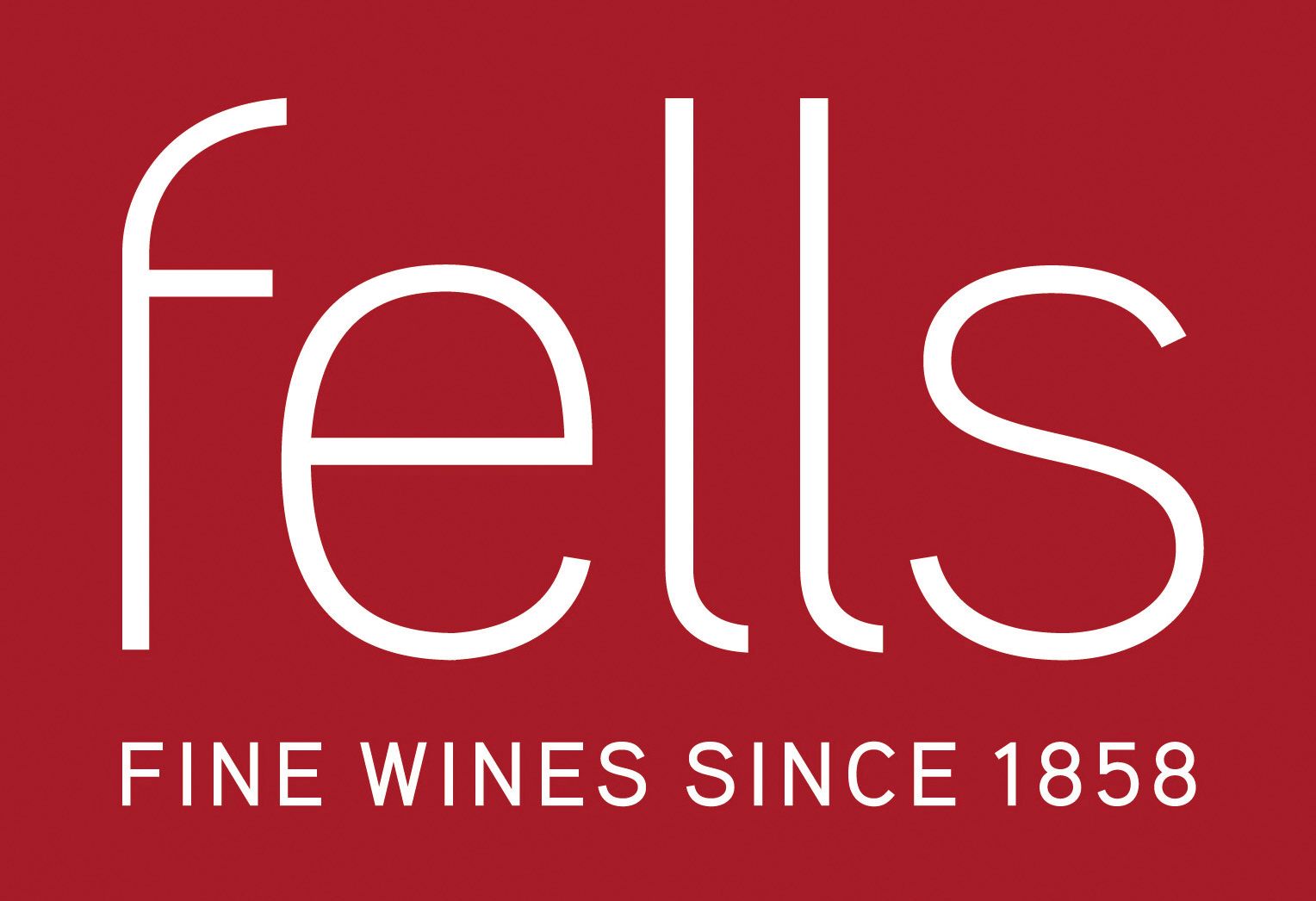The Marne Valley really is the heartland for Pinot Meunier. You can find Pinot Noir and Chardonnay around the globe but 80% of the world’s Pinot Meunier is planted here.
If you translate Pinot Meunier into English it says Miller’s Pinot. It got this name because the hairy underside of its leaves makes it look as though it had been dredged in flour.
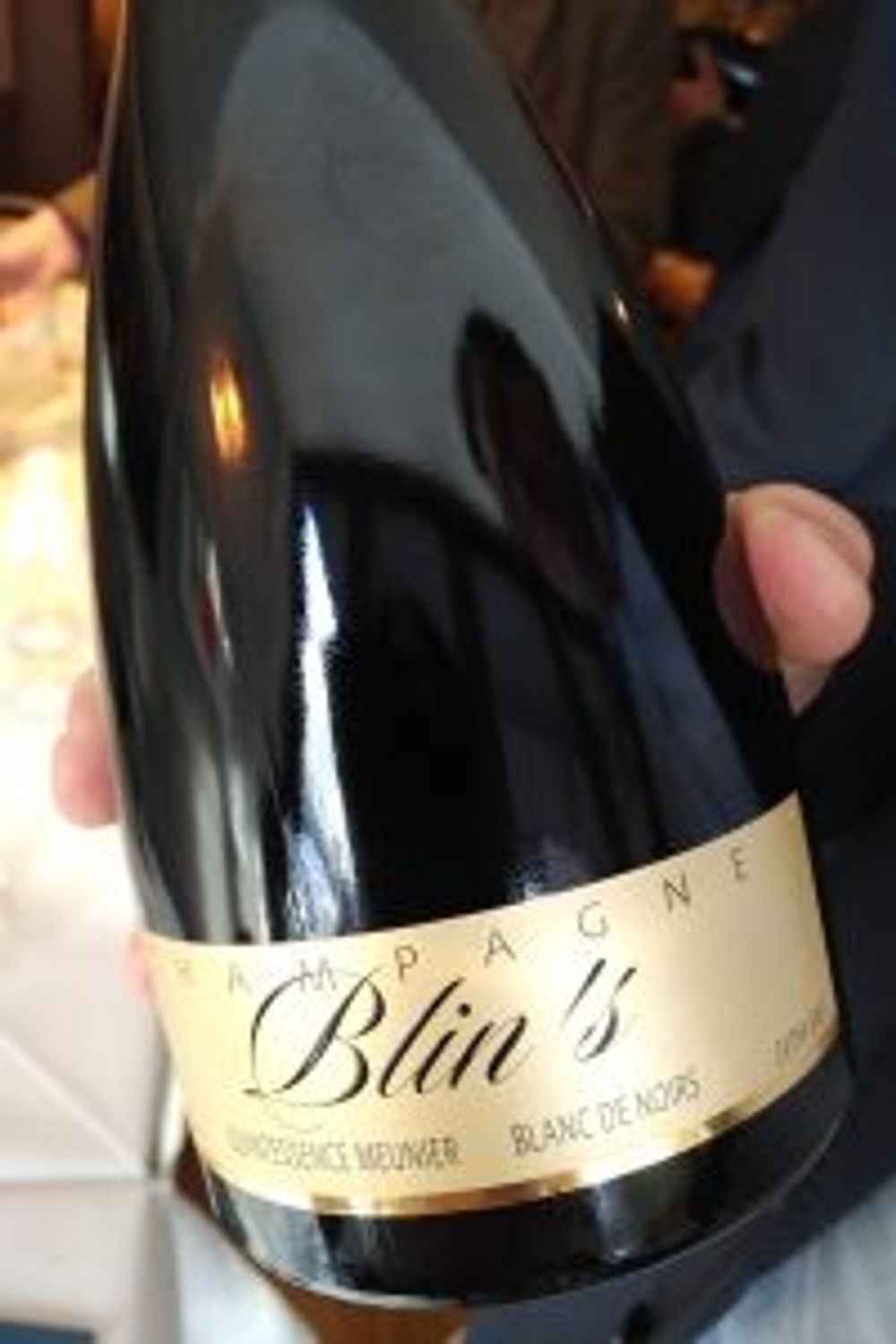
Most of the time you hear of Pinot Meunier as a blending partner in Champagne, as a sort of fruity and lesser sidekick to the far more illustrious Pinot Noir and Chardonnay. However, those who are au fait with the fizzy stuff (like yours truly of course) know that Pinot Meunier can make lovely wines in its own right.
One particular Champenois growers’ union has made it its mission to champion this Cinderella of a grape. “We want to give Pinot Meunier its proper, due place,” its president declares.

Simon Blin
Simon Blin, president of Champagne H. Blin was in London on Thursday to showcase its range of Pinot Meunier-dominated wines. “Pinot Meunier always used to be blended with other grape varieties, but we now make 100% Pinot Meunier wines in order to no longer hide this variety behind others,” he explains.
Simon is the 12th generation of his family to farm grapes in the area, but it was his grandfather Henri, a small grower who bottled his own Champagne, who was one of 29 founder members of a growers’ union, became its first president and lent his name to the enterprise.
“We are a union of over 100 growers who together own about 120ha of vineyards in the middle of the Marne Valley, right between Épernay and Château Thierry,” he continues. “This really is the heartland for Pinot Meunier. You can find Pinot Noir and Chardonnay around the globe but 80% of the world’s Pinot Meunier is planted in the Vallée de la Marne in Champagne.”
Being a growers’ union, the business model means that no grapes are bought in: “We always have the same growers and the same vineyards, that is very different from being a négociant,” Blin says. “This is not about growing our business; this is about increasing the reputation of Pinot Meunier.”
Indeed, half of the small annual production of 500,000 bottles is sold within France, the other half is exported to Italy, the UK, Germany, Japan and the US. So the purpose of the tasting is not to drive sales but to put Pinot Meunier in the spotlight.
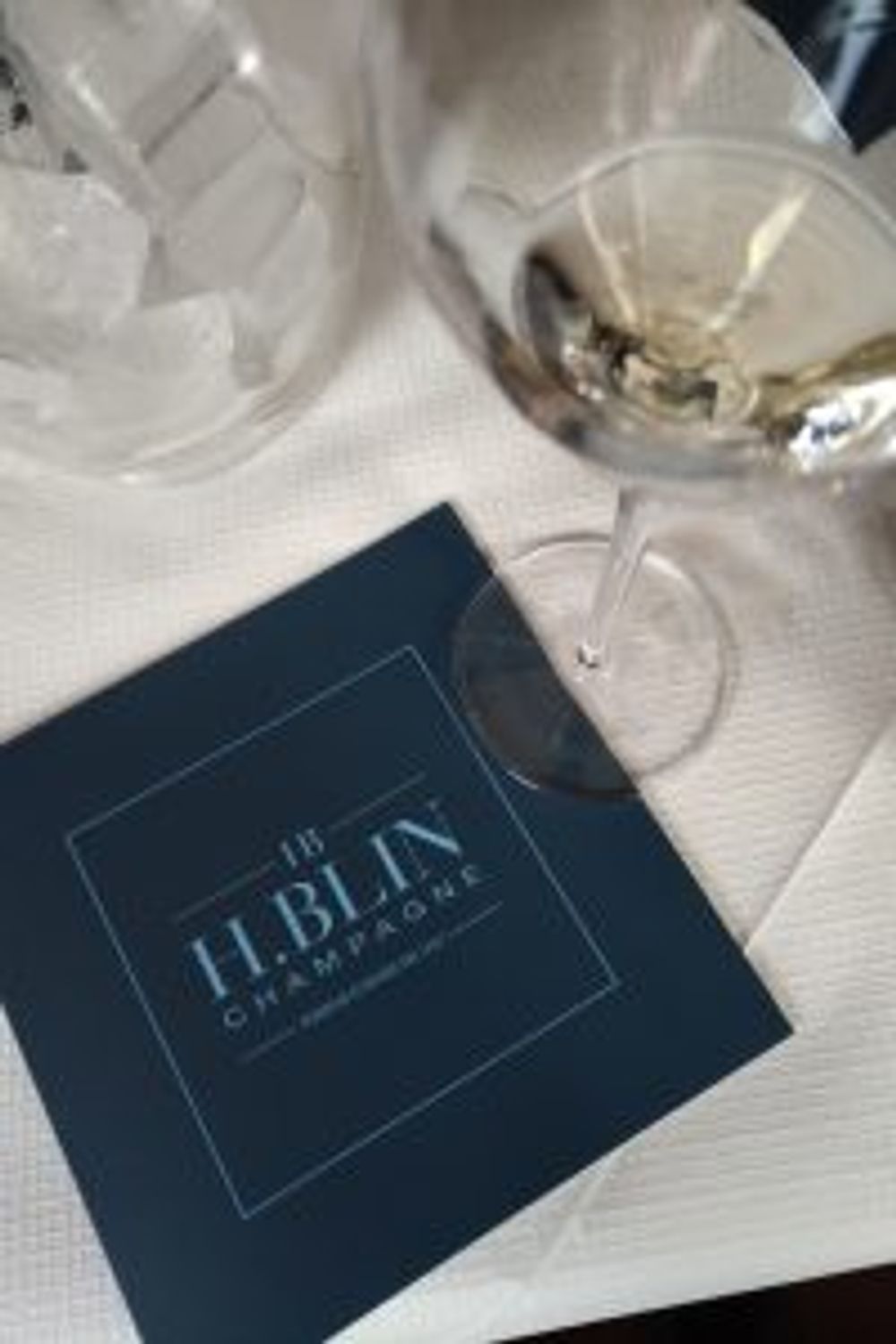
“I think Pinot Meunier is the most challenging grape to grow,” Blin says. “Unlike Chardonnay which has very straight shoots, Pinot Meunier has a bushy habit, so it takes a lot of canopy work and gives a slightly lower crop, a good thing in fact. It also has a slightly shorter vegetative period, it always breaks bud a few days after Chardonnay and Pinot Noir, sometimes this is what protects it from spring frost. The good thing with Pinot Meunier is that even if it is hit by spring frost, it will give us a good secondary crop. Chardonnay will never do that. Pinot Meunier is really full of fruit and perhaps it does not quite have the long ageing potential of Chardonnay, but do try these wines,” he exhorts.
I did and you should, too – the miller’s grape holds generous, joyful fruit that goes that fits right in with Champagne’s celebratory raison d’être.
My personal favourite of the line-up was the H. Blin Champagne Millésime 2008, made from 50% Pinot Meunier and 50% Chardonnay, with a minimum of six years on the lees and a dosage of 8g/l. Its perfumed nose smelled of red apple peel and creamy allure that transmuted to creamy baked apple and almond notes on the resonant, rounded palate. The Meuneir fruit was out in generous force, complemented by Chardonnay’s laser freshness.
Also in the line-up were:
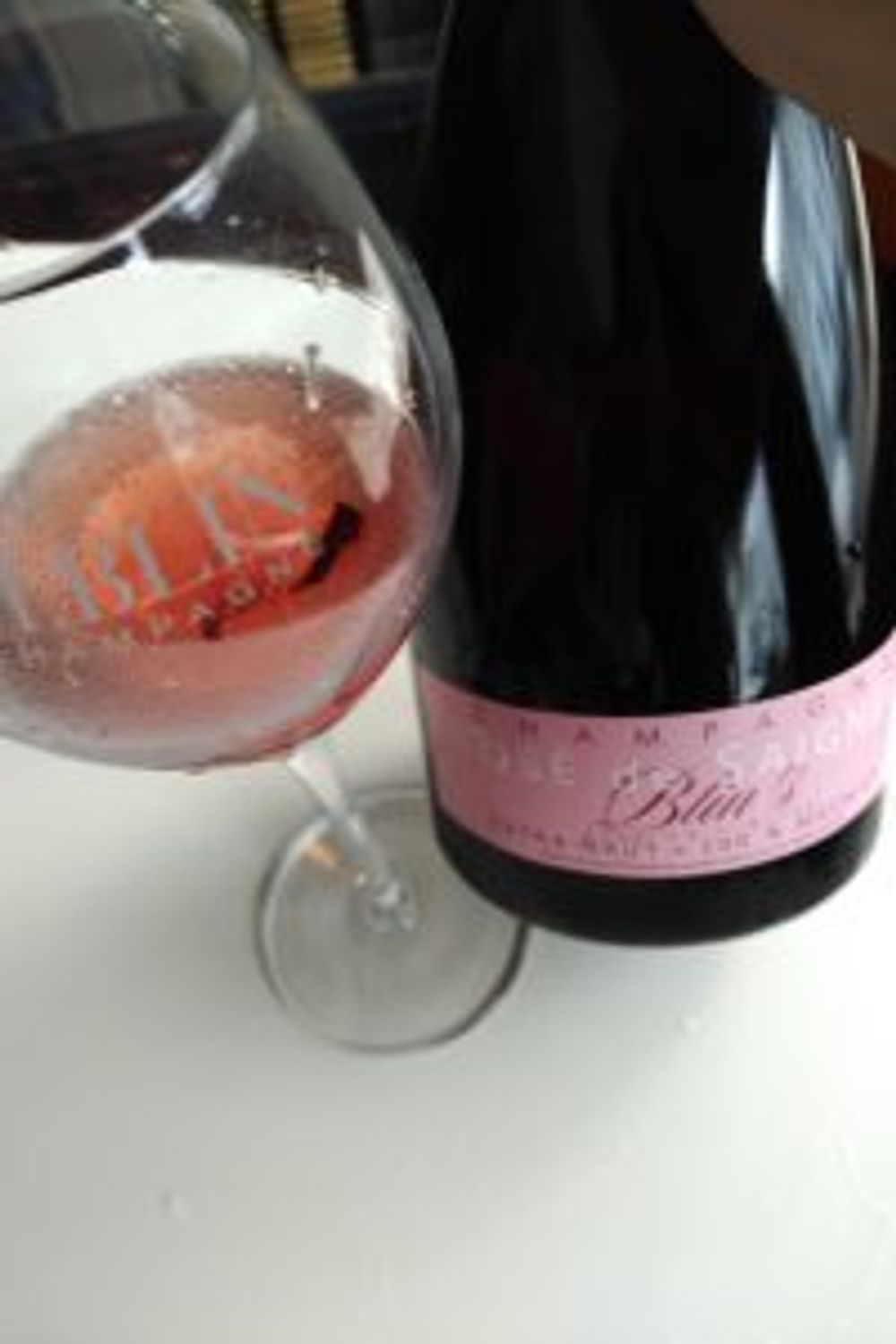
- Blin Champagne Brut NV – 80% Pinot Meunier, 20% Chardonnay
- Blin Champagne Quintessence Blanc de Noirs extra brut 2011 – 100% Pinot Meunier
- Blin Champagne L’Esprit Nature Organic Blanc de Blancs extra brut – 100% Chardonnay
- Blin Champagne Millésime 2004 – 50% Pinot Meunier and 50% Chardonnay
- Blin Champagne Rosé NV – 75% Pinot Meunier, 20% Chardonnay, 5% Pinot Noir
- Blin Champagne Rosé de Saignée NV – 100% Pinot Meunier
- Blin Champagne demi sec NV – 80% Pinot Meunier, 20% Chardonnay
Champagne H. Blin is imported into the UK by Milton Sandford Wines
